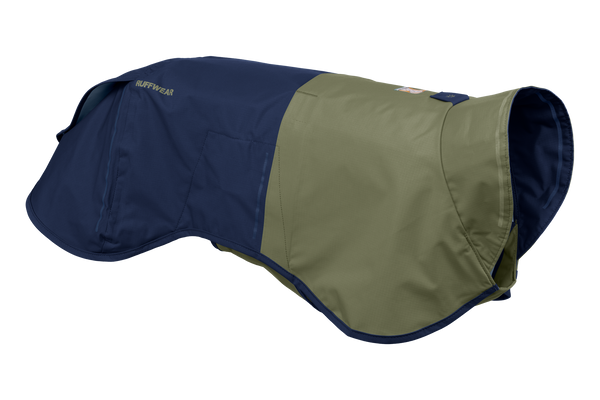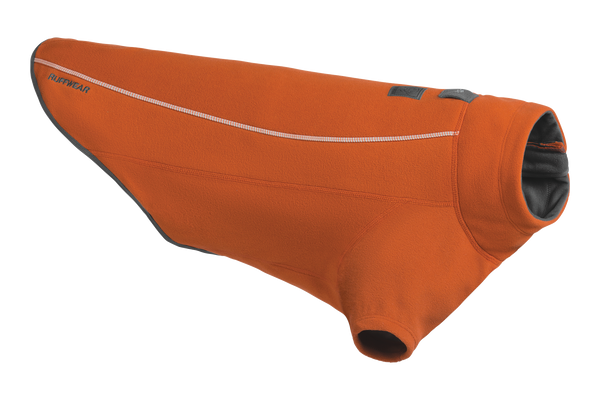How To Find Dog-Friendly Trails
Have a new canine sidekick and feel stuck planning your next adventure? Headed to a new town, and you and your dog need some trail time, stat? Finding a dog-friendly trail is equal parts art and science, navigating features like water access and steep terrain with leash regulations and dog rules.
We’ve got your quick-start guide to finding dog-friendly trails in your neck of the woods (or wherever you’re headed next). So grab your leash, round up your pup, and let’s hit the trail.
What Makes a Trail Dog-Friendly?
To help you find the best fit for your trail-trotting companion, we’ll cover:
- Finding trails where dogs are allowed
- Navigating on leash/off leash areas
- Looking at terrain from a dog’s perspective
How Do I Find Trails That Allow Dogs?

First step: identify which trails allow dogs.
On the AllTrails app or website, you can filter or search by “dog-friendly.” You’ll also learn about a trail’s elevation gain, experience level, length, and more. BringFido is another go-to resource for canine explorers and their humans – their user reviews of dog-friendly trails and parks are especially handy to get the inside scoop.
And don’t forget your local resources. Your vet can tell you what to look out for on the trail – such as ticks or algae growth in water sources. Call park rangers to learn about a trail’s dog-friendly status and current conditions that might impact your hike.
Sometimes, the best resources are your friends. Ask where they take their dogs – and better yet, join them on their next hike!
Do National Parks Allow Dogs?
Sometimes, national parks have limited options for bringing dogs along. Dogs might only be allowed on specific trails within the park. Check out this resource for planning a visit with your pup to UK National Parks.
Off Leash vs. On Leash

So you’ve found a trail that allows dogs and you’re pumped to get the adventure started. What’s next? Check the trail’s leash regulations.
Sometimes it’s more complicated than on-leash or off-leash. Some trails require leashes during certain seasons. To cover your bases, freshen up each season on a trail’s leash regulations. And always pack a leash to have at the ready.
Consider your dog’s specific needs. Do you feel comfortable letting them roam free on an off-leash trail – interacting with other dogs and people? Can you rely on them to return to you when you call? Or, perhaps your pup prefers a more predictable on-leash trail to feel confident exploring.
Ultimately, you know your dog best.
What Type of Terrain is Dog-Friendly?
Think about your dog’s tolerance for types of terrain. A younger, high-energy pup might trek up high elevation without a sweat. But a senior dog might prefer a flatter path.
If your canine sidekick tends to stray from your side, sniffing the farthest edges of the path, you might avoid trails with drop-offs (steep, abrupt downward slopes).

Another terrain type to look out for? Trails that require scrambling – or using one or both hands to stabilize yourself over rocky terrain. If you’re scrambling, that means your dog has to, too. If you feel like your dog is up for the challenge, try a harness with a handle, like the Flagline™ Harness, for easy lift-and-assist.
For hikes on hot days, check for shade cover and access to water – your dog will thank you for the chance to cool off. And if you’re hoping to keep the stoke going longer, remember to pack dog boots to protect those paws even when the trail ahead is hot, rocky, or covered in snow and ice.
Know Before You Go: Trail Types

Not all trails are created equally. Different trail types can change the experience for you and your dog.
An out-and-back trail starts and ends at the same location. It follows a single trail or multiple trails to a turning point, in which you turn around to head back the way you came. If your dog does well with hikers passing by – including other dogs on the trail – then this trail type should be a good fit.
If your dog does better with more space and a slower flow of traffic, check out a loop trail instead. Loop trails also have the same starting and ending point, but you walk in a loop so that no part of the trail is repeated.

Wildlife Encounters
Research the type of wildlife you might encounter on the trail. In areas with high traffic from wild animals, you might prefer to have your dog on-leash to best share the trail and respect the creatures that call it home.
Weather Conditions
If you’re unfamiliar with the area, it pays to learn about the typical weather pattern during the time of year you’ll be visiting. The conditions you start hiking in aren’t always the ones you end up in. A park ranger can give you a heads up if a trail is prone to quick weather changes, so you can pack accordingly.
Watch For Cues While Hiking With Your Dog

Once on the trail, keep an eye out for your dog’s cues. Are their ears perked, snouts sniffing the air as they trot down the trail? Or are they lagging behind at a sluggish pace, seeking a spot to rest? No matter how much you research a trail, the best information is how your dog responds to it.
Maybe you’ll find your tail-wagging trail buddy’s favorite new spot, or maybe you’ll know which trail to skip next time. Either way, you’ll have gained the inside scoop to share with friends who have the same question: what are the best dog-friendly hiking trails?
Time To Hit the Trail
We’d love to hear what your favorite dog-friendly trails are. Tag us on Instagram or Facebook at @ruffwear.

























